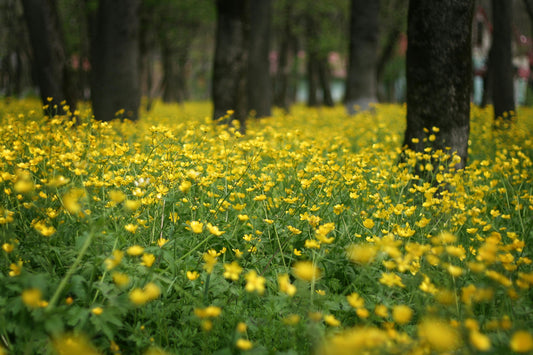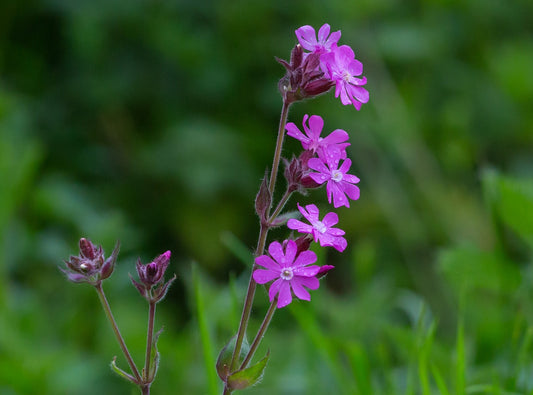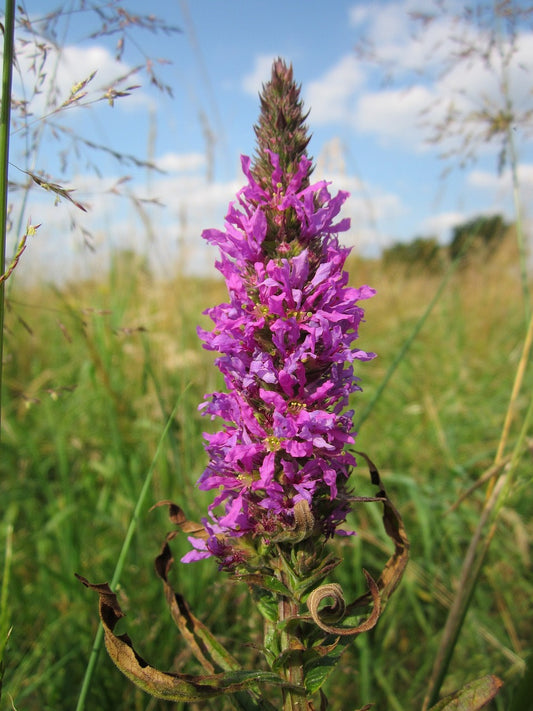
How to Successfully Plant and Care for Purple Loosestrife
A Complete Guide to Planting and Growing Purple Loosestrife in Your Garden
Purple Loosestrife (Lythrum salicaria) is a striking perennial known for its vibrant purple flowers and its ability to enhance garden aesthetics and biodiversity. This comprehensive guide will walk you through the essentials of planting, caring for, and enjoying Purple Loosestrife in your garden.
What is Purple Loosestrife?
Purple Loosestrife is a perennial herb native to Europe and Asia, recognised for its tall spikes of vivid purple flowers that bloom from mid-summer to early autumn. It thrives in wetland areas but can also adapt to a variety of garden settings. Purple Loosestrife is often used to add a splash of colour and attract pollinators to the garden.
Benefits of Planting Purple Loosestrife
1. Aesthetic Appeal: The striking purple flowers of Purple Loosestrife create a beautiful focal point in any garden.
2. Wildlife Attraction: It is an excellent plant for attracting pollinators such as bees, butterflies, and hummingbirds.
3. Wetland Restoration: Purple Loosestrife can help stabilise soil in wetland areas and improve water quality.
When to Plant Purple Loosestrife
The best time to plant Purple Loosestrife is in spring or early autumn. Planting during these seasons allows the plant to establish roots before extreme temperatures. For spring planting, wait until the last frost has passed. For autumn planting, ensure there is enough time for the plant to become established before winter.
Preparing the Soil for Purple Loosestrife
1. Soil Type: Purple Loosestrife prefers moist to wet soil but can tolerate well-drained soil as long as it is kept consistently moist.
2. Soil pH: It thrives in slightly acidic to neutral soil, with a pH range of 6.0 to 7.0. Test and amend the soil as needed.
Sowing Purple Loosestrife Seeds
1. Direct Sowing: Scatter seeds of Purple Loosestrife evenly over the prepared soil and lightly cover with a thin layer of soil. Water gently.
2. Seed Depth: Sow seeds about 0.5 cm (0.2 inches) deep. Ensure good seed-to-soil contact for optimal germination.
Caring for Purple Loosestrife
1. Watering: Keep the soil consistently moist, especially during dry periods. Water regularly to maintain optimal growing conditions.
2. Fertilising: Purple Loosestrife does not require heavy feeding. A light application of compost in spring is usually sufficient.
Managing Purple Loosestrife Growth
1. Pruning: Remove spent flowers to encourage more blooms and prevent self-seeding. Cut back the plant in late autumn to maintain its shape.
2. Pests and Diseases: Watch for common pests like aphids and diseases such as powdery mildew. Treat any issues promptly to keep the plant healthy.
Companion Plants for Purple Loosestrife
Purple Loosestrife pairs well with other moisture-loving plants such as ragged robin, ox-eye daisies, and birdsfoot trefoil. These companions can create a lush, vibrant garden display and enhance the overall look of your garden.
Conclusion
Planting Purple Loosestrife can bring a splash of colour and a host of ecological benefits to your garden. By following these guidelines, you can ensure a thriving and visually stunning addition to your outdoor space.




